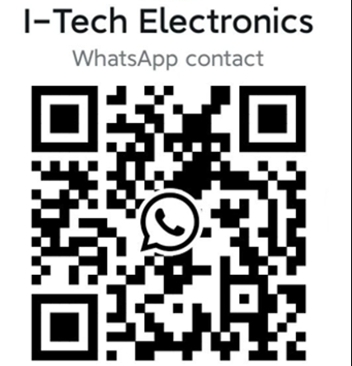Rigid PCB Manufacturing
Rigid PCBs, with their sturdy structures and reliable performance, are the perfect complement to our FPC products. Unlike our flexible PCBs, rigid PCBs offer unwavering structural integrity, making them an ideal choice for applications where stability is of utmost importance. From the mainboards of desktops and laptops to the essential components of medical devices, automotive systems, and telecommunications infrastructure, every small-batch rigid PCB we produce is meticulously crafted to meet the highest industry standards.
While we continue to lead the market in FPC, I-tech is also proud to offer exceptional rigid PCB manufacturing services, especially tailored for High mixing Low-Mediume Volume production. Whether you need high-quality FR4 boards renowned for their excellent electrical insulation and mechanical properties, Rogers boards that provide outstanding high-frequency performance, or robust metal (aluminum, copper) substrates with efficient heat dissipation capabilities, we can meet your needs.
The Key Features of Rigid PCB We Offered
| Hole Features | |||
| Blind hole | Buried Hole | Back Drilling | Counter Hole |
| T Shape Hole | V Shape Hole | Press Fit Hole | Stacked Via |
| Step Hole | Slot Hole | Half Plating Hole | |
| Hole Filling | |||
| Solder mask Filling | Copper Filling | Resin Filling | POFV |
| Thicker Copper in Hole | |||
| Material Features | |||
| High TG | High CTI | High Frequency | Copper Based |
| Aluminium Based | Iron Based | Rogers | Teflon |
| ARLON | Halogen Free | Rogers+FR4 | others Mix Laminate |
| Profile Features | |||
| CNC | Die Stamping | Laser Cutting | Cotrol Depth |
| Copper Weight Features | |||
| 1/4oz | 1/3oz | 1/2oz | 1/1oz |
| 2/2oz | 3/3oz | ...... | 8/8oz |
| Others Features | |||
| Impedance | Gold Finger | Carbon | Bonding PAD |
I-tech electronics co.,ltd has been providing high-quality rigid PCB to meet customer needs.


